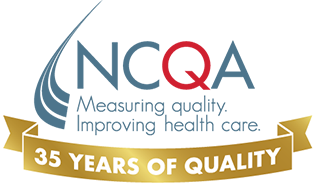The optional exclusion criteria may be applied only if the member did not have a diagnosis of diabetes during the measurement year or the year prior to the measurement year. If the member was included in the measure based on claim or encounter data, as described in the event/diagnosis criteria, the optional exclusions do not apply because the member had a diagnosis of diabetes. If the member was included in the measure based on pharmacy data alone, the member may meet criteria for an optional exclusion if no diagnosis of diabetes was found in claim or encounter data or in the medical record.
For example, if a member was included in the measure based on pharmacy data but had a visit with a diagnosis of diabetes, the member does not meet optional exclusion criteria.
If a member was included in the measure based on pharmacy data alone and there was no claim or encounter with a diagnosis of diabetes, but medical record documentation indicated the member is a diabetic, the member does not meet optional exclusion criteria.
If a member was included in the measure based on pharmacy data alone and there was no claim or encounter with a diagnosis of diabetes and no evidence of diabetes in the medical record being reviewed, the member may meet optional exclusion criteria if there was a diagnosis of polycystic ovaries any time during the member’s history through December 31 of the measurement year, or a diagnosis of gestational diabetes or steroid-induced diabetes during the measurement year or the year prior to the measurement year.
HEDIS 2015
